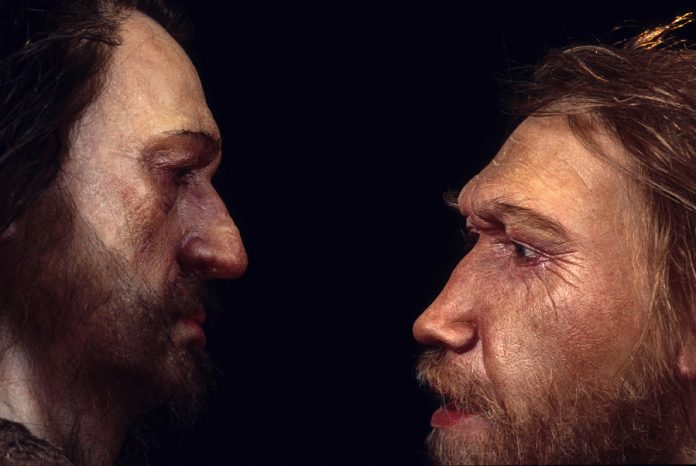A new analysis of Neanderthal DNA showed today’s humans have more of it than scientists previously thought.
A new research has found that many modern humans are carrying around way more Neanderthal DNA than scientists had previously thought. Earlier genetic analysis found that modern human populations that originate outside Africa possess between 1.5 to 2.1 percent Neanderthal DNA. But the new research — based upon an exceptionally well-preserved specimen —found that the true number likely falls somewhere between 1.8 and 2.6 percent. That’s a significant increase.
Researchers were even able to identify exactly which genes our “caveman” forebears left us, some of which play roles in cholesterol levels, arthritis, nicotine addiction, blood levels of vitamin D, body fat levels, and even schizophrenia. That might make it sound like we don’t have much from Neanderthals to be thankful for, but it’s not actually all bad.
“Variants from Neanderthals are not necessarily bad for your health,” explained lead study author Kay Prüfer. “We find one variant that is associated with LDL cholesterol, and the variant we got from Neanderthals is associated with lower LDL cholesterol.”
The new findings were based on bone fragments from a 52,000-year-old female specimen found in Vindija Cave in Croatia. Researchers were able to analyze billions of DNA segments from these samples, making it one of the most comprehensive genetic studies to date on Neanderthals.
Interestingly, researchers also found evidence that ancient Neanderthal populations were likely sparse and small, which may have led to some inbreeding. For instance, the Vindija specimen’s parents could only have carried about 1.6 differences per 10,000 base pairs of DNA.
Prüfer put this number into perspective: “For comparison, modern humans in Africa have around 10 differences in 10,000 [base pairs], and Europeans and Asians around seven differences in 10,000 — much more than we see in neanderthals. This shows again that neanderthals lived in small populations.”
Those small populations could explain why Neanderthals eventually became vulnerable to extinction, though that’s just speculation at this time. To know more, we’ll need to find more neanderthal DNA to analyze.
“More Neanderthal genomes will help us to better understand how they were related in space and time, but also to narrow down which Neanderthals contributed to disease,” said Prüfer.















